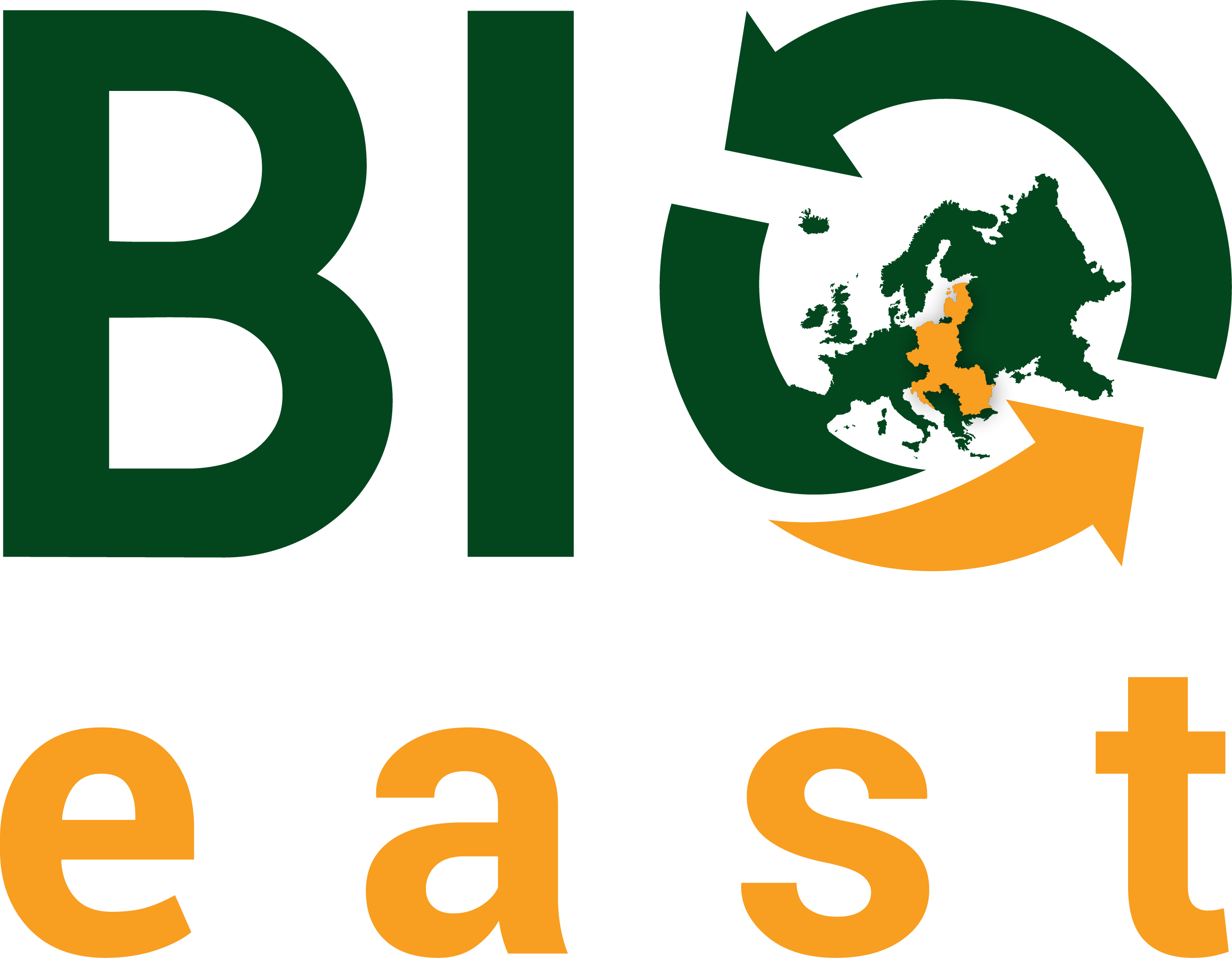
Factsheet
Source:
BIOEASTLanguage:
EnglishEvent materials

Factsheet
Source:
BIOEASTLanguage:
EnglishEvent materials

Factsheet
Source:
BIOEASTLanguage:
EnglishEvent materials

Factsheet
Source:
BIOEASTLanguage:
EnglishEvent materials

Factsheet
Source:
BIOEASTLanguage:
EnglishEvent materials

Factsheet
Source:
BIOEASTLanguage:
EnglishEvent materials

Factsheet
Source:
BIOEASTLanguage:
EnglishEvent materials

Factsheet
Source:
BIOEASTLanguage:
EnglishEvent materials

Factsheet
Source:
BIOEASTLanguage:
EnglishEvent materials

Factsheet
Source:
BIOEASTLanguage:
EnglishEvent materials

Factsheet
Source:
BIOEASTLanguage:
EnglishEvent materials

Factsheet
Source:
BIOEASTLanguage:
EnglishEvent materials

Factsheet
Source:
BIOEASTLanguage:
EnglishEvent materials

Factsheet
Source:
BIOEASTLanguage:
EnglishEvent materials

Factsheet
Source:
BIOEASTLanguage:
EnglishEvent materials

Factsheet
Source:
BIOEASTLanguage:
EnglishEvent materials

Factsheet
Source:
BIOEASTLanguage:
EnglishEvent materials

Factsheet
Source:
BIOEASTLanguage:
EnglishEvent materials

Factsheet
Source:
BIOEASTLanguage:
EnglishEvent materials

Factsheet
Source:
BIOEASTLanguage:
EnglishEvent materials

Factsheet
Source:
BIOEASTLanguage:
EnglishEvent materials

Factsheet
Source:
BIOEASTLanguage:
EnglishEvent materials

Factsheet
Source:
BIOEASTLanguage:
EnglishEvent materials

Factsheet
Source:
BIOEASTLanguage:
EnglishEvent materials

Factsheet
Source:
BIOEASTLanguage:
EnglishEvent materials

Factsheet
Source:
BIOEASTLanguage:
EnglishEvent materials

Factsheet
Source:
BIOEASTLanguage:
EnglishEvent materials









